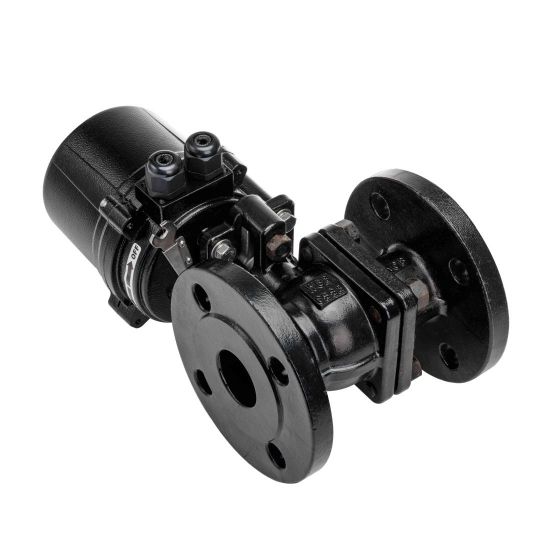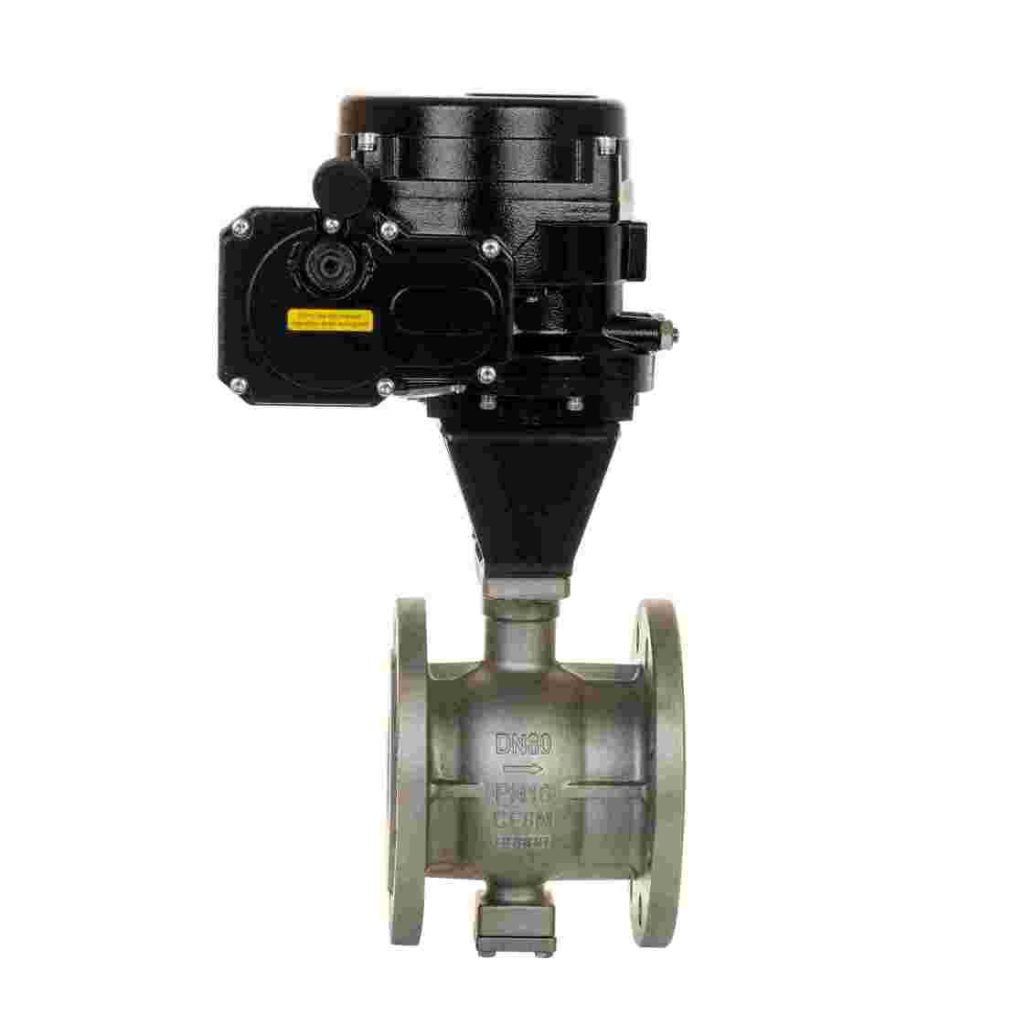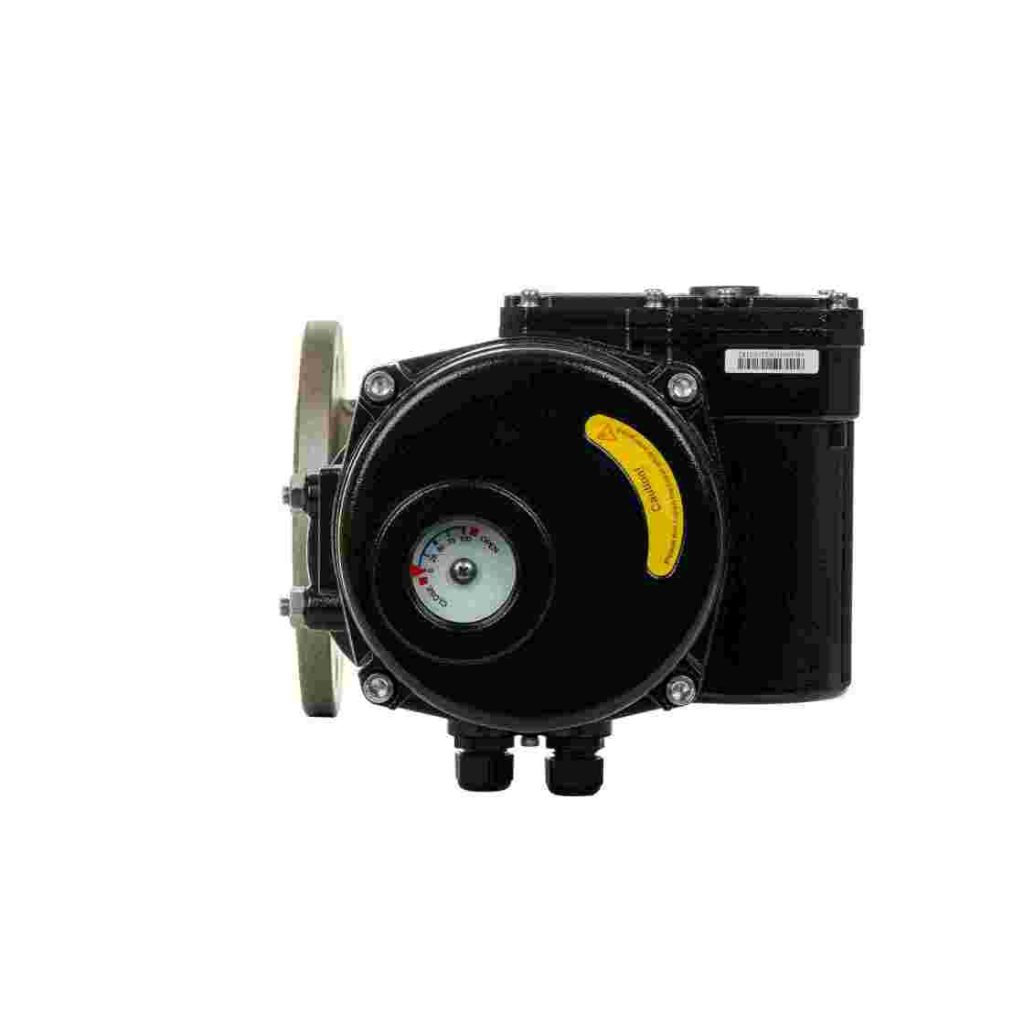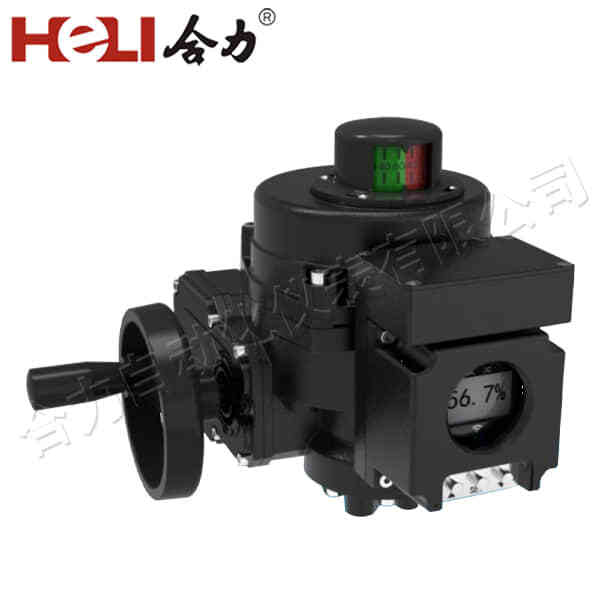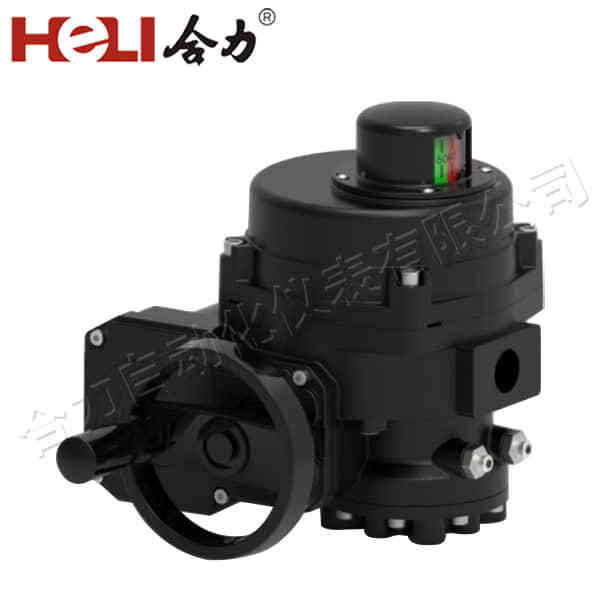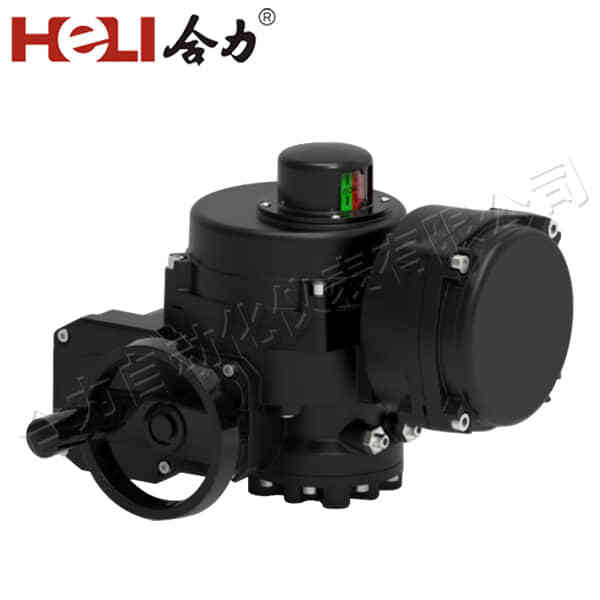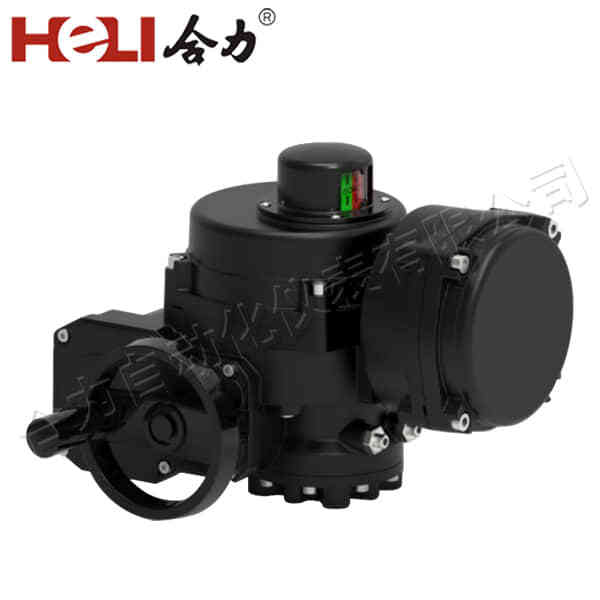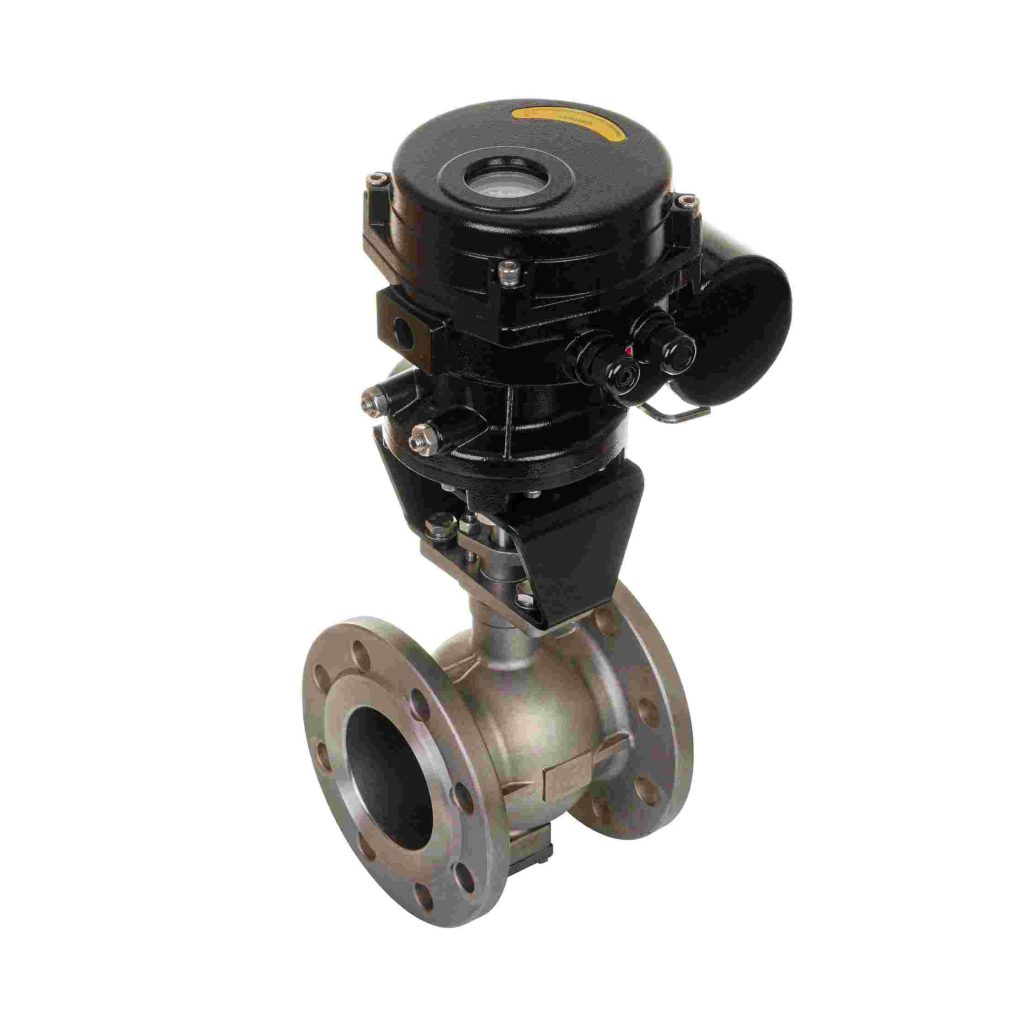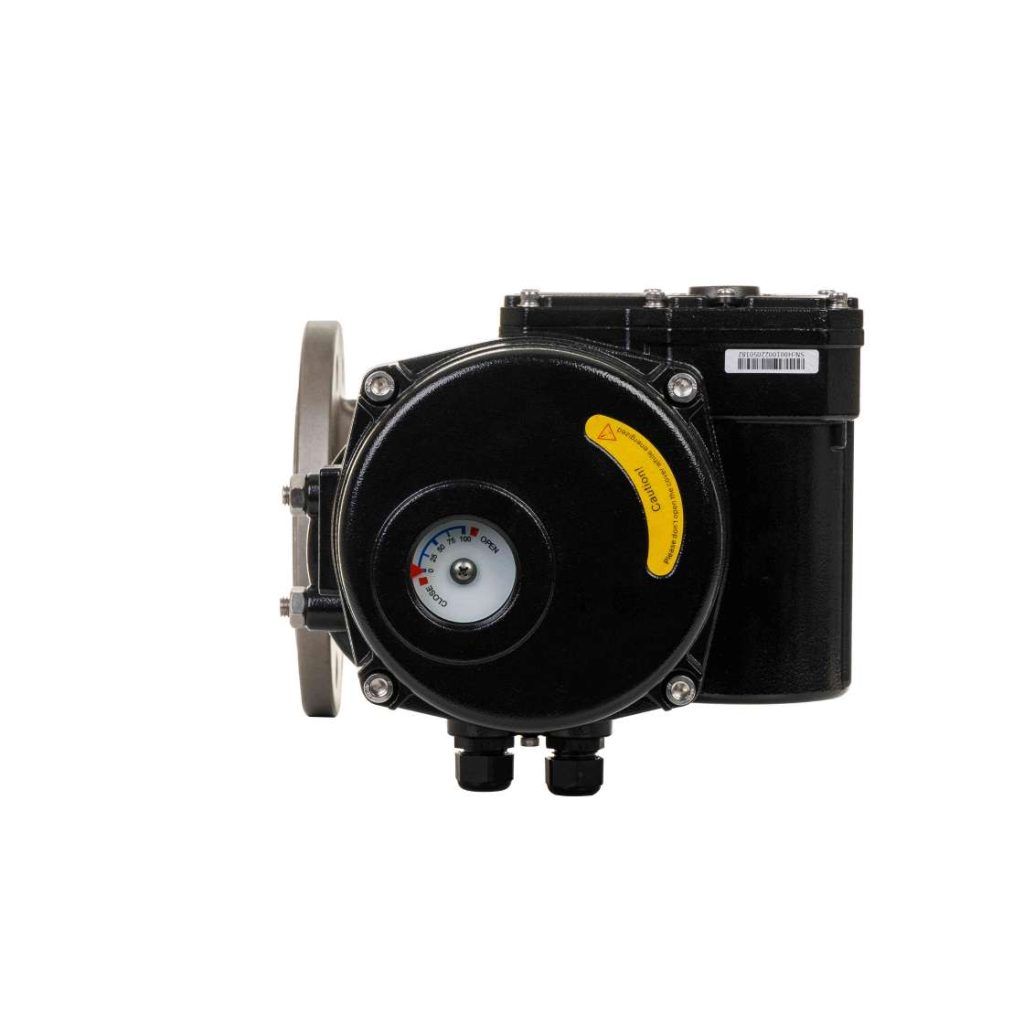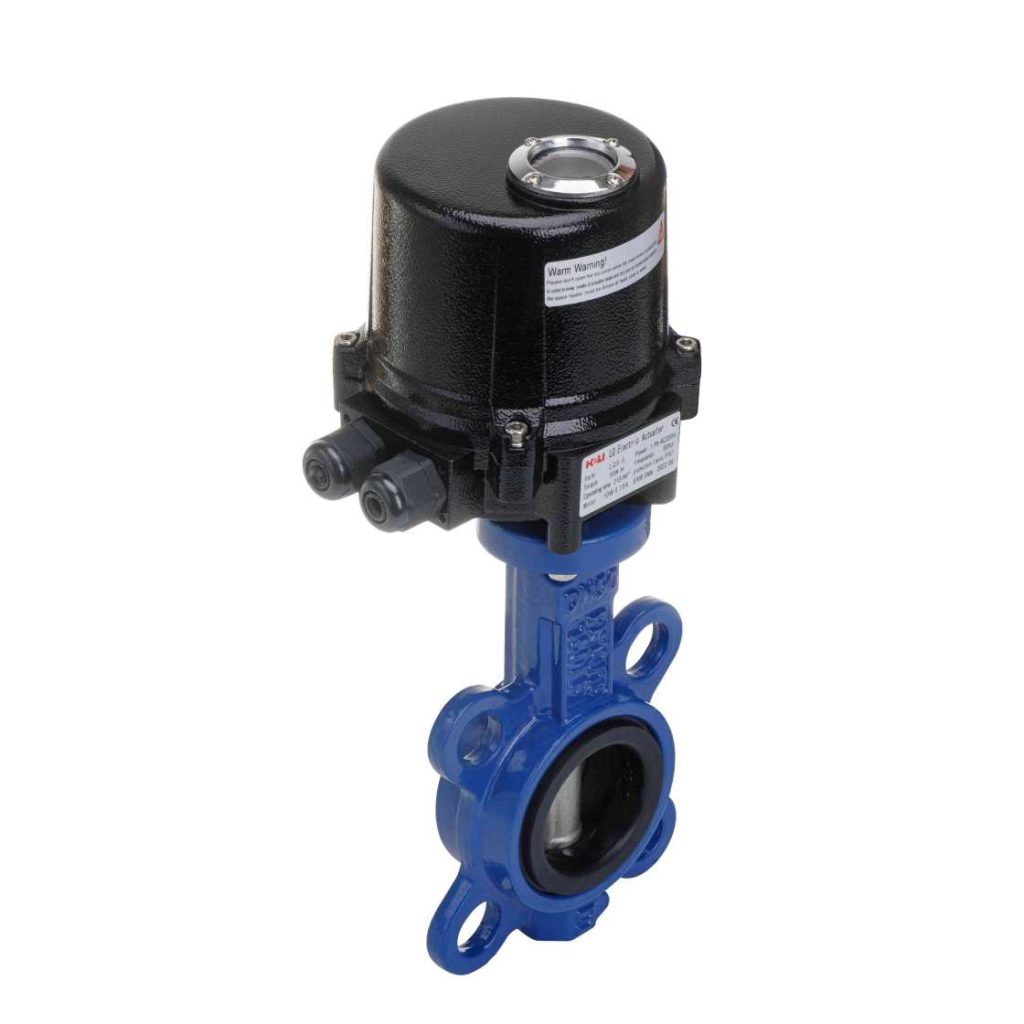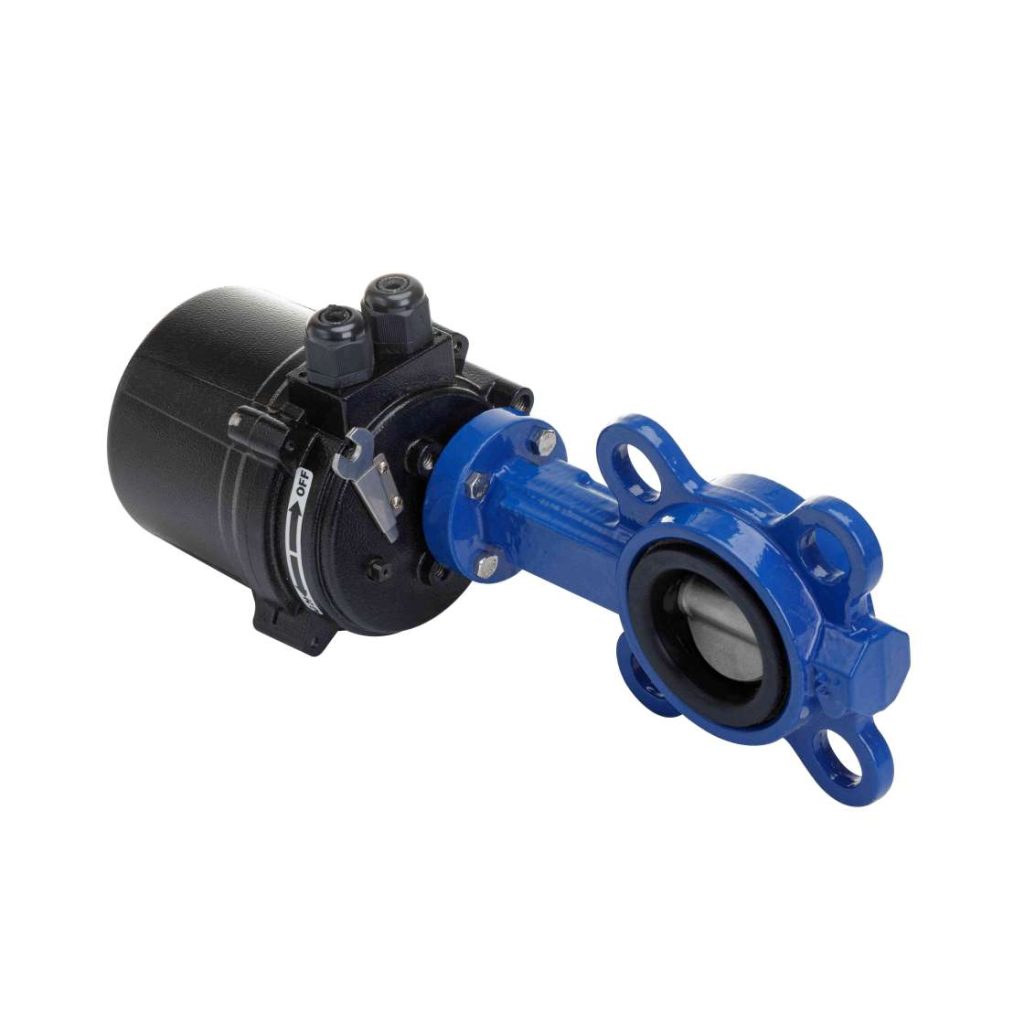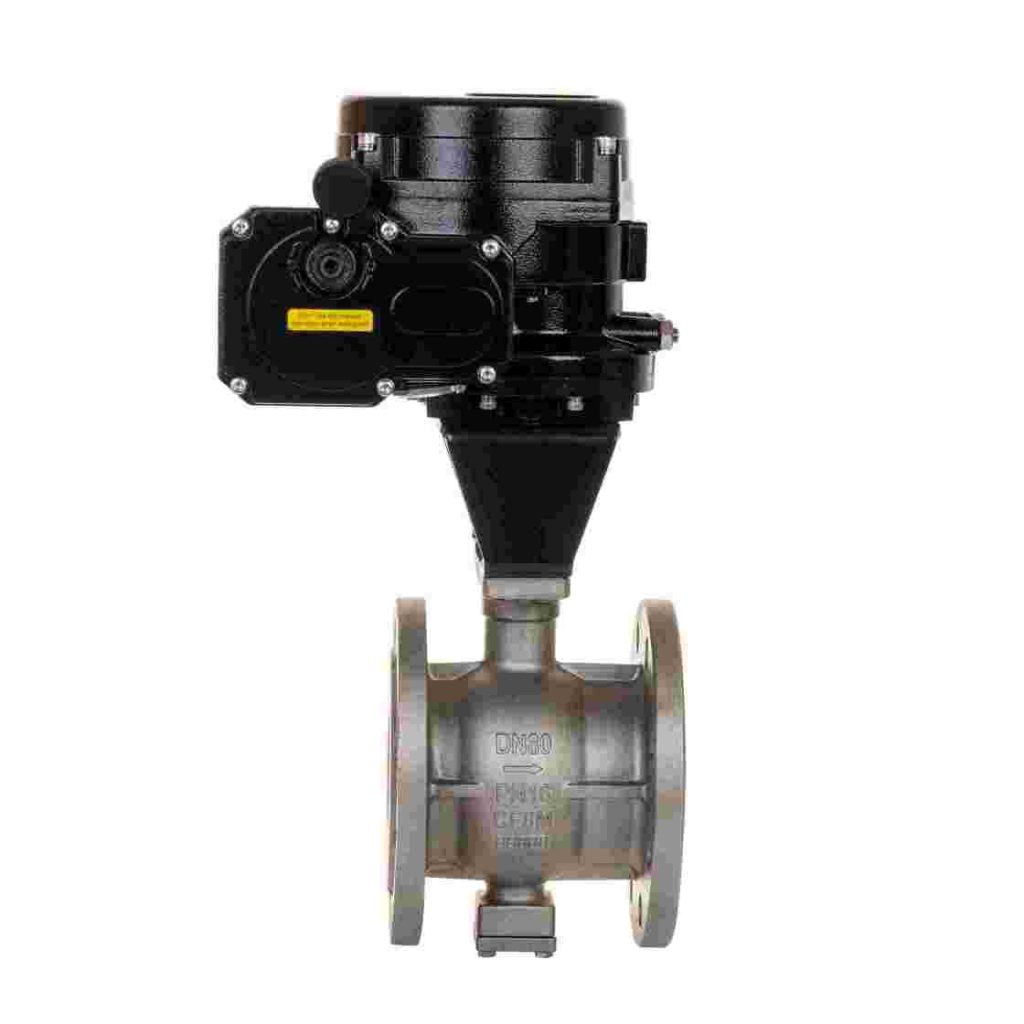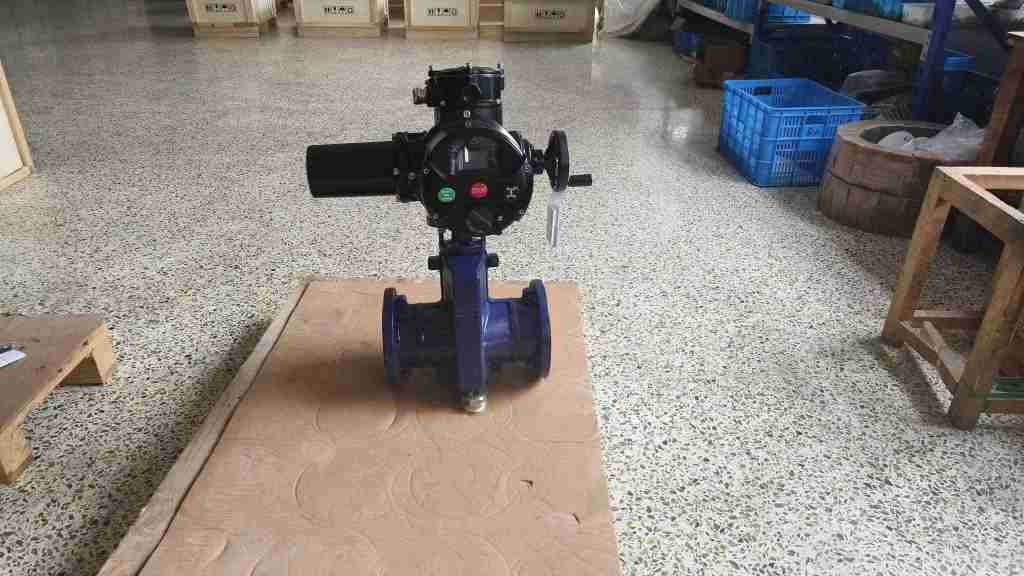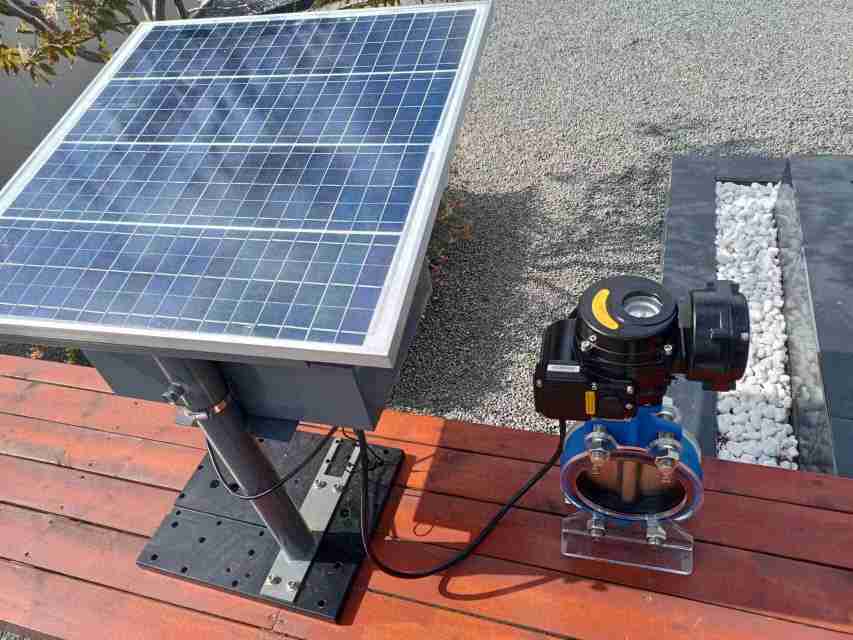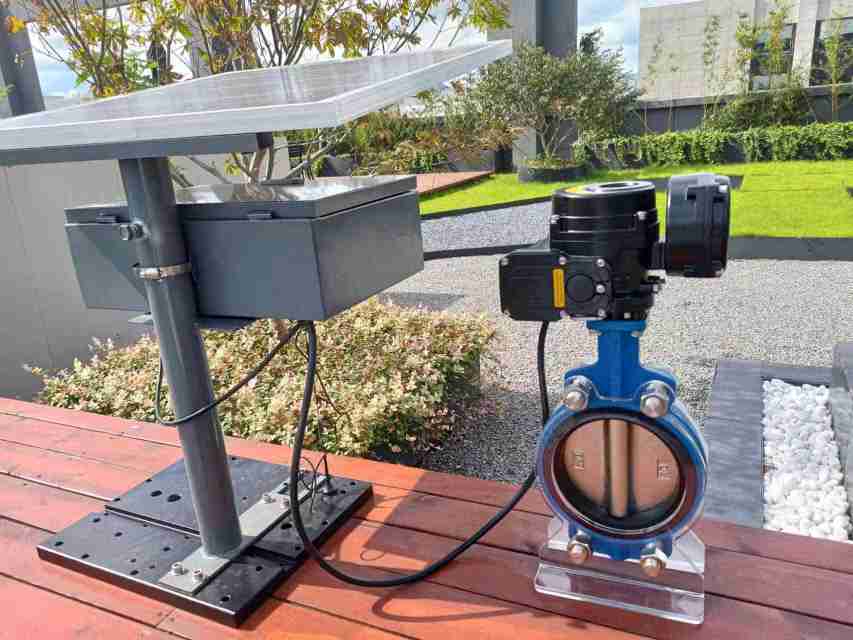The WCB Electric Flanged Hard Seal Butterfly Valve is a highly versatile and efficient device that plays a crucial role in various industrial applications. Its unique combination of features, including the use of WCB material, electric actuation, and hard sealing capabilities, makes it a standout choice for controlling the flow of fluids in pipelines.
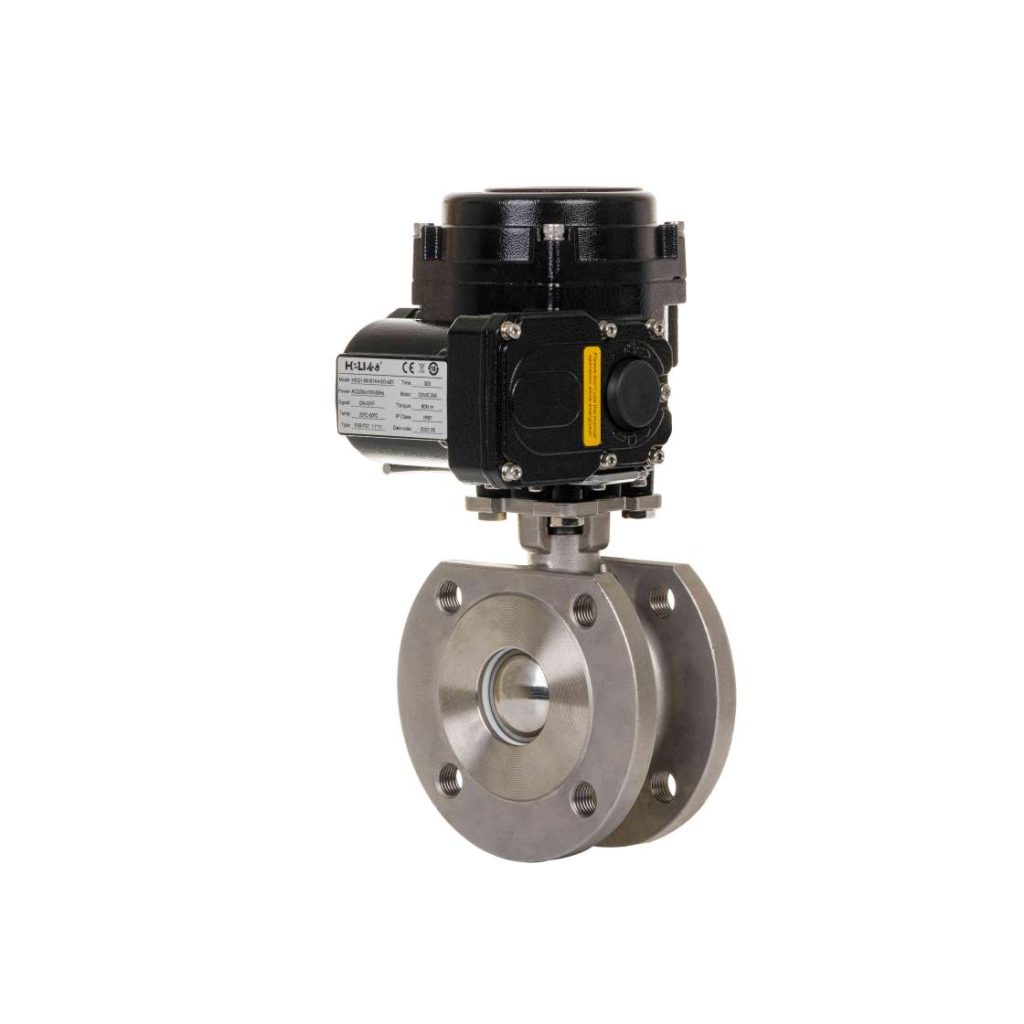
The WCB material, a type of cast steel, offers excellent mechanical properties and corrosion resistance, ensuring the durability and longevity of the valve. This material is particularly suitable for use in harsh environments and demanding industrial processes.
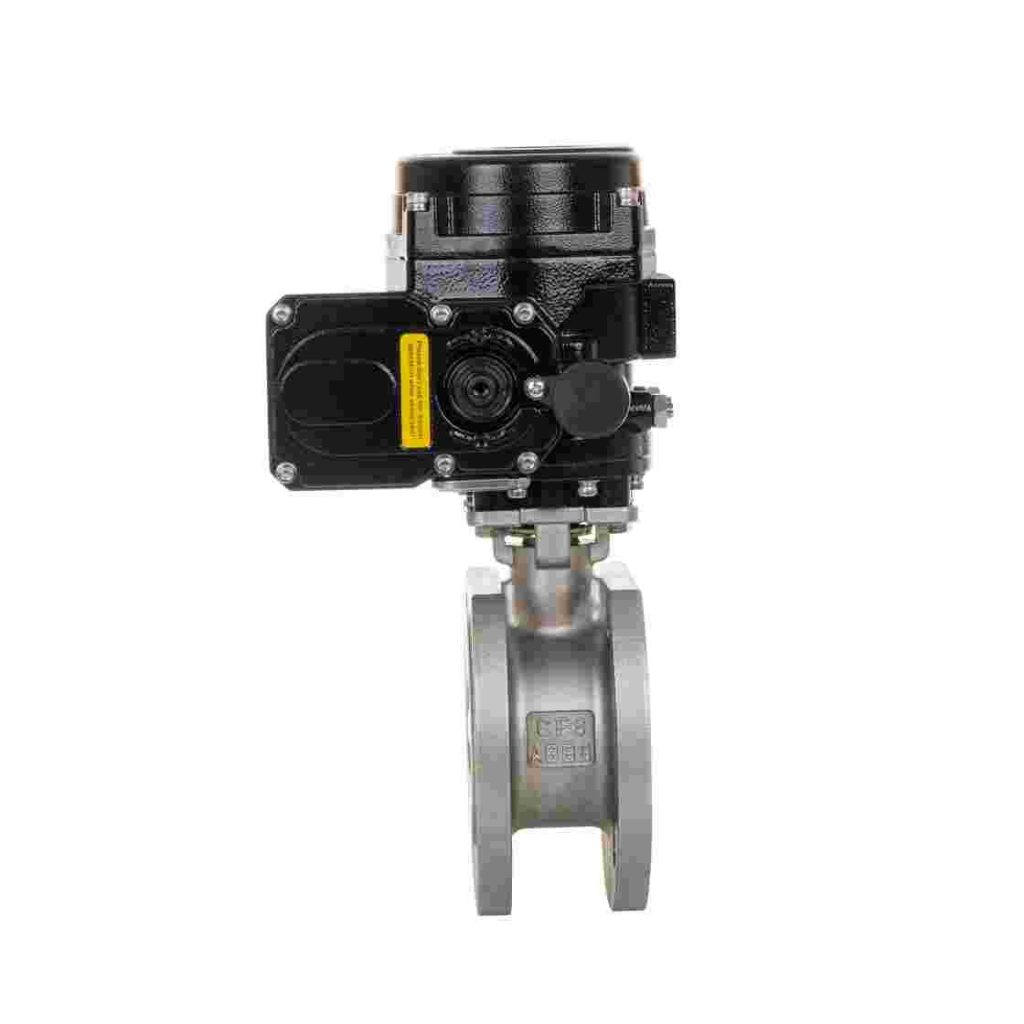
The electric actuation mechanism of the butterfly valve provides precise and reliable control over the valve’s operation. This not only reduces the need for manual intervention but also enhances the overall efficiency and accuracy of the system. The electric actuator can be easily integrated into automated control systems, allowing for remote operation and monitoring. The hard sealing feature of the butterfly valve ensures a tight and secure closure, preventing leaks and ensuring the integrity of the pipeline system. The hard sealing material used in the valve’s construction is designed to withstand high temperatures, pressures, and abrasive media, making it suitable for a wide range of applications.



